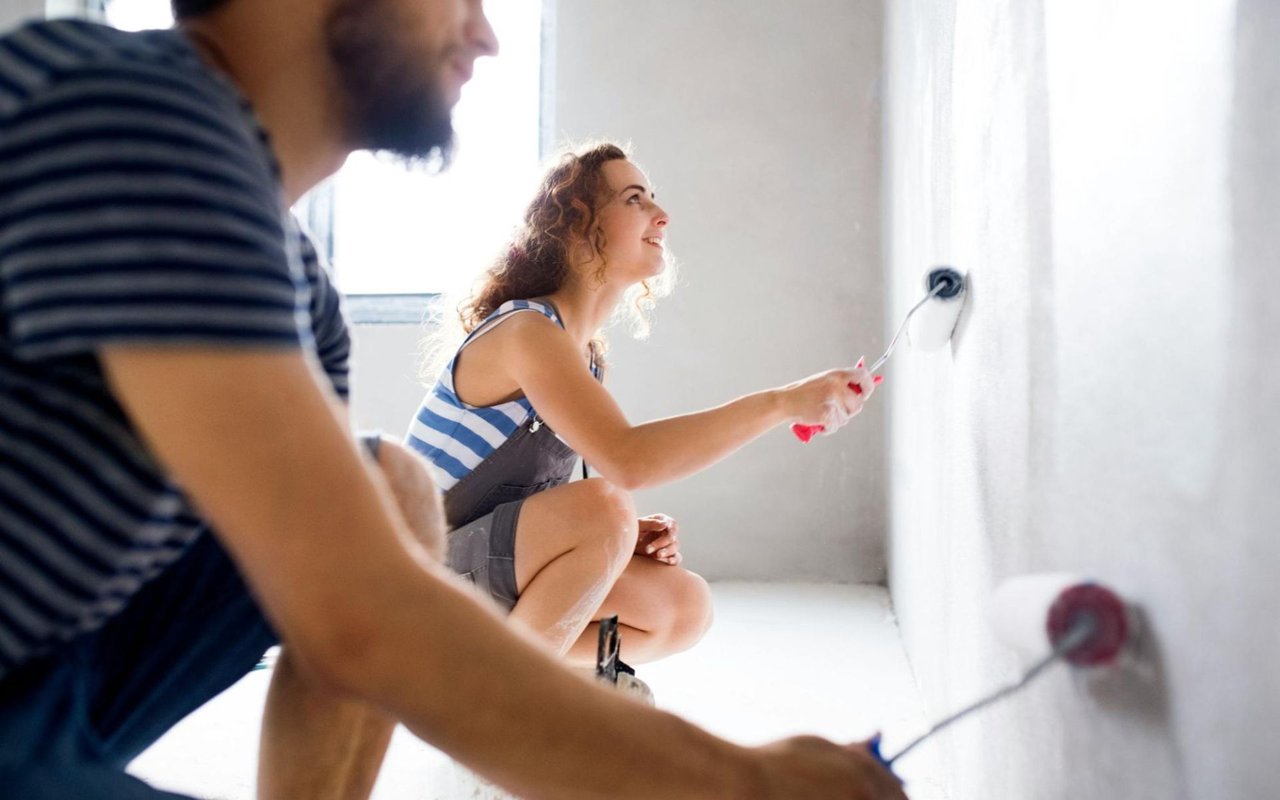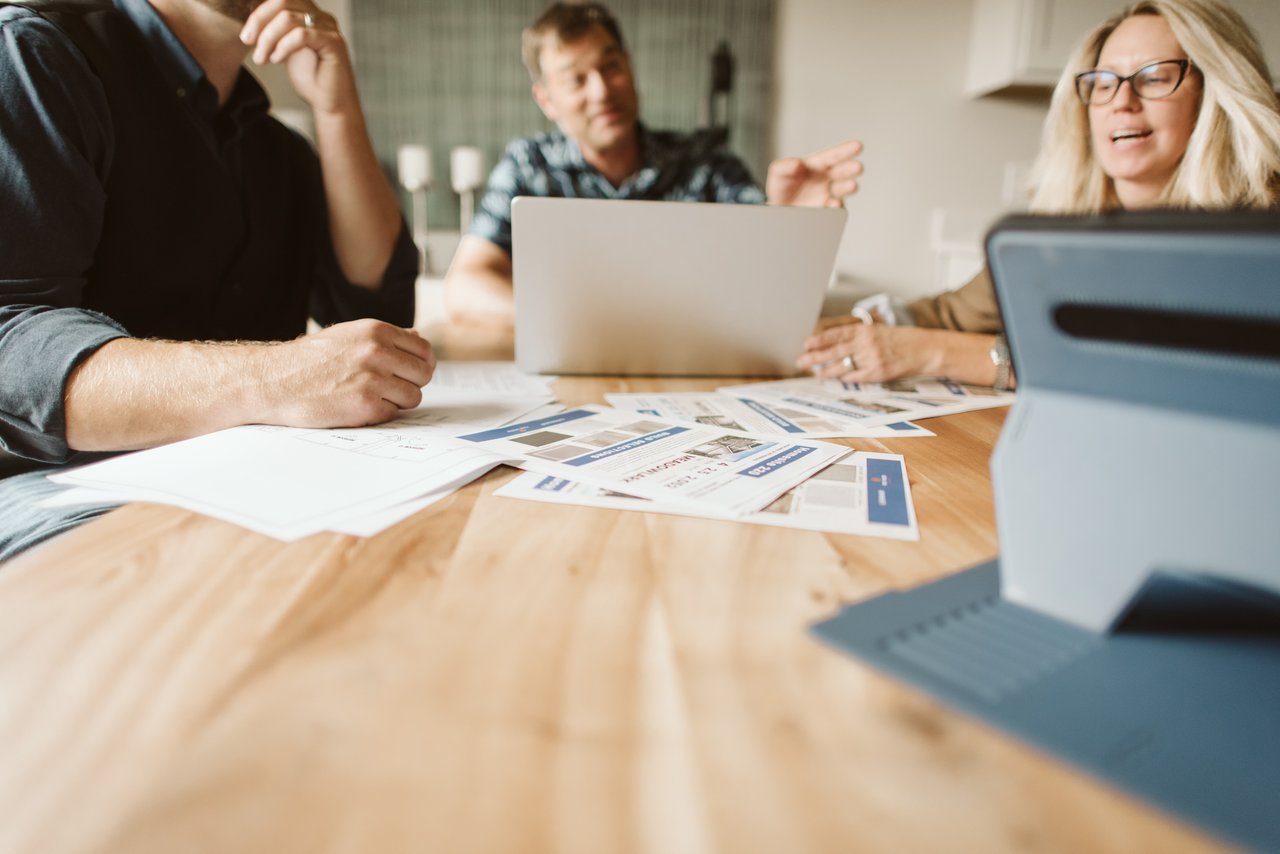Color plays a bigger role in your home than you might think. The right shade can energize your morning routine, create a calming bedroom retreat, or help you focus in a home office. For homeowners in Middleton, where seasonal shifts influence both natural light and lifestyle, using color psychology is a simple, affordable way to elevate each room with intention.
What Is Color Psychology and Why Use It in Your Home?
Color psychology refers to how different hues impact mood, energy, and behavior. While it’s been used for years in marketing and branding, it’s just as effective in residential spaces, especially when you want each room to feel intentional.
In Middleton homes, where architecture ranges from classic ranches to modern farmhouses, applying this principle helps highlight the home’s best features while making the space feel more functional and welcoming.
Entryway: Set the Tone from the Start
First impressions matter, and your entryway is the opening line of your home’s story. A bold front door in deep red, navy, or olive can convey confidence and warmth. Inside, earth-toned neutrals like warm beige or taupe make the transition from outside to in feel seamless.
These hues create a grounded, cozy vibe that invites guests in and subtly hints at what the rest of your home has to offer.
Living Room: Create a Sense of Comfort and Connection
This is where color psychology can really shine. The living room is usually the most-used space, so the goal is to promote relaxation without making the room feel sleepy.
- Soft grays, warm taupes, and muted greens create a serene foundation that pairs well with natural materials like wood or stone, both common in Middleton homes.
- Accent walls in terracotta or navy add depth without overwhelming, especially when layered with textures like linen or leather.
These colors work with both traditional and open-concept layouts, helping the room feel balanced and livable.
Kitchen: Balance Energy with Simplicity
The kitchen is where action happens, so a color scheme that supports movement without causing sensory overload is key.
- Warm whites and creamy neutrals reflect light and make even small kitchens feel more spacious.
- Dusty blues or soft sage greens encourage a clean, calm vibe that still feels lively.
- For cabinetry, Middleton homeowners often favor deep green, navy, or charcoal, which add richness while hiding wear and tear.
Color psychology in the kitchen helps strike the right energy balance, whether you're cooking for family or hosting friends.
Bedrooms: Make Rest a Priority
Your bedroom should feel like a retreat. Cooler tones are best here because they slow the heart rate and lower stress levels.
- Muted blues, pale greens, and soft lavenders are top picks for creating a restful atmosphere.
- A warm neutral like greige (gray-beige) offers flexibility and pairs well with seasonal bedding or artwork.
In a climate like Middleton’s, where winter nights are long and quiet, a soothing palette can make your bedroom a place you actually look forward to retreating to.
Bathrooms: Keep It Fresh and Functional
Color in bathrooms should support clarity and comfort. For many homeowners, this means crisp finishes and light-reflecting hues.
- Classic white with blue or charcoal accents creates a clean, timeless aesthetic.
- If you want more color, try pale aqua, seafoam green, or soft gray, which evoke water and relaxation.
In smaller spaces, these light shades help expand the room's visual footprint, which is especially useful in older homes with tighter layouts.
Home Office: Support Focus and Productivity
With more people working from home, your office design matters. Color psychology can help reduce distractions and promote mental clarity.
- Deep green, stormy blue, or rich charcoal are strong choices for walls. They signal focus and reliability, without being sterile.
- Avoid loud colors like bright orange or vibrant red—they’re stimulating and can make it harder to concentrate.
Pair your chosen color with good lighting and a few natural textures to create an environment that feels professional yet personal.
Dining Room: Foster Conversation and Warmth
Whether it’s daily meals or holiday gatherings, the dining room should feel special. Color can help create a space that encourages guests to linger a little longer.
- Deep plum, burgundy, or navy create drama, especially in rooms with wainscoting or molding.
- Soft yellows or creamy whites work well in daylight-heavy spaces, making them feel cheerful and airy.
In homes with formal dining rooms, these colors add polish without making the room feel off-limits.
Using Color Psychology When Selling Your Home
If you're planning to sell your home, color psychology can give you a leg up. Buyers form emotional impressions quickly, and the right color palette can help them connect with a space even before they think through the details.
- Stick to neutral tones (think soft gray, beige, or greige) for broader appeal.
- Add subtle color through staging, think pillows, throw blankets, or art, rather than bold wall choices.
- Use accent paint to highlight features like fireplaces, built-ins, or kitchen islands.
Strategic color use helps potential buyers see the home as inviting and move-in ready, which is key to securing strong offers in any market.
Final Thoughts: Color with Purpose
Paint is one of the simplest and most affordable ways to transform a space, and when you apply principles of color psychology, it becomes a powerful design tool. Whether you're freshening up your home for daily life or preparing it for sale, thinking about how each color makes people feel helps guide better decisions.
Ready to Use Color Psychology in Your Next Move?
Whether you're buying, selling, or simply making your home feel more like your own, the right color can make all the difference. If you’d like help selecting paint schemes that support your goals or advice on preparing your Middleton home for market, reach out to the Aaron Weber Group. With deep local expertise and a practical eye for what works, they’re ready to help you make every room work smarter and look better.

